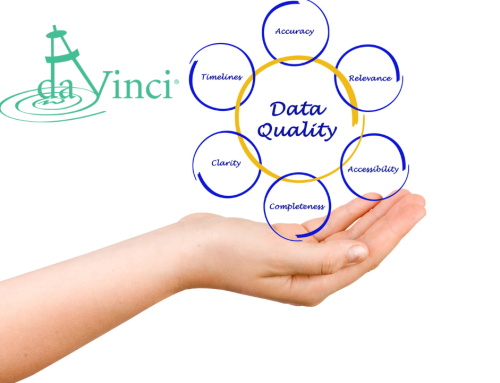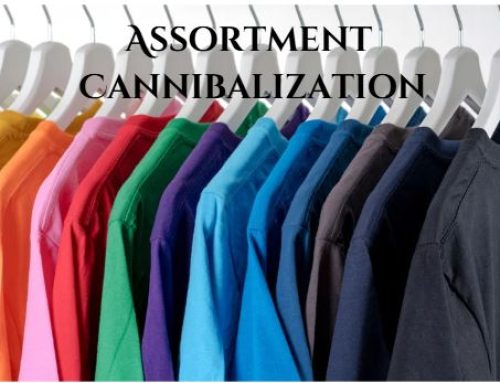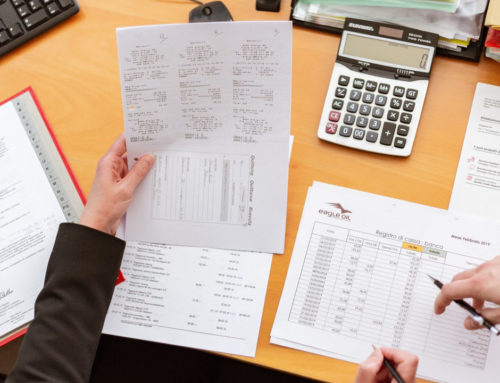What is Retail Analytics?
Retail analytics is the practice of gathering, analyzing, and interpreting data from various aspects of a retail business. It offers valuable insights into customer behavior, sales trends, operational efficiency, and other key metrics. By leveraging these insights, retailers can make data-driven decisions and maintain a competitive edge in today’s fast-paced retail environment.
However, successfully implementing retail analytics is not without challenges. Let’s explore common obstacles retailers face and strategies to overcome them
Why do so many retailers struggle with retail analytics?
Despite its potential, many retailers face hurdles in fully harnessing retail analytics. Here are the top three challenges:
- Streamline Business Processes for Enhanced Retail Analytics: Retailers must adapt their traditional business processes to the demands of today’s competitive, omnichannel environment. By aligning business processes with retail analytics, retailers can unlock the full potential of their data and drive actionable insights.
- Enhance Data Integrity: Accurate and complete data is the foundation of successful retail analytics. Retailers should implement robust data collection processes, ensuring data accuracy and reliability. Leveraging advanced tools and technologies can automate data collection, minimizing errors and discrepancies.
- Integrating Data Sources: With multiple store locations and omnichannel operations, integrating data is vital for a unified view of performance. Holistic analytics depend on the seamless combination of diverse data streams.
How do we overcome these retail analytics issues?
In retail analytics, laying a strong foundation is key to success. Just as architects start with a blueprint, retailers must begin with a well-defined business process. By outlining your business process, you can quickly identify the retail analytics necessary to support each step of your operations.
A standardized business process catalyzes data-driven decision-making. It ensures that performance metrics align with your business objectives, providing a structured approach to data collection, processing, and presentation. With standardized reporting integrated into your planning tools, decision-makers gain access to accurate and up-to-date information, empowering them to make informed decisions.
Standardized retail analytics encompass defined methodologies, templates, and definitions. These elements guarantee consistent data collection and reporting throughout the organization. Employing technology such as data warehousing, business intelligence software, and reporting templates streamlines data analysis and presentation in a standardized format.
Key Benefits of Standardized Analytics:
- Defining reporting requirements and goals by asking, “what are we trying to accomplish with this report?” What decisions are made using this information? “What insights will help the organization achieve its goal?”
- Establishing data collection processes – Data consistency and reliability are critical. Data accuracy enables trust and, in turn, improves productivity. And more importantly, decisions are based on accurate information.
As Cohn’s Law suggests, “The more time spent reporting on work, the less time remains to do the work.” Imagine reallocating this time to actionable tasks rather than data preparation.
Give time back to your Planning & Buying team.
Automating and standardizing your analytics and reporting is vital for retailers because it provides a common understanding of performance metrics across the organization; it enables effective decision-making and supports continuous improvement by providing the timely data and insights needed to identify areas for improvement.






















